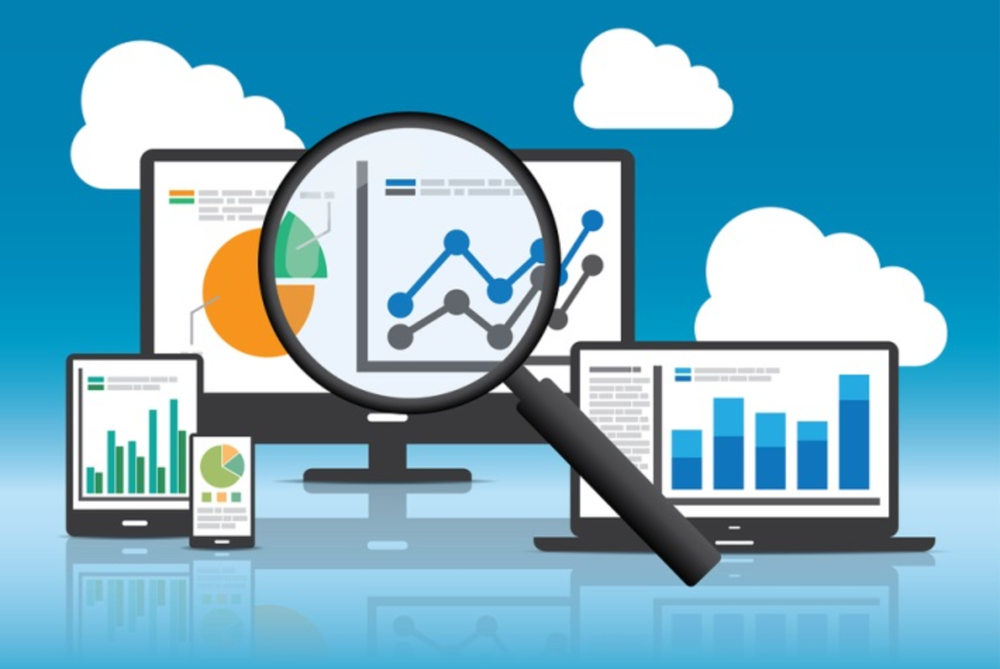Making the most out of data means pulling the right insights and then using that info to figure out what’s working—and what’s not. “Knowing what is working makes all of the difference,” says Michael Schultz, VP of marketing and business development for marketing platform ClearSlide. “Far too often marketers are in constant production mode. So rather than analyzing the data and seeing what sticks and why, you get anecdotal feedback about what’s supposedly working. So being able to apply analytics—particularly predicative analytics—enables marketers to really zero in on what’s really going to matter.”
Predictive analytics, Schultz says, allows marketers to “have a sort of game plan.” He says that crafting content or an entire strategy that’s rooted in predictive analytics allows marketers to devise the right plays for success. In fact, Schultz says that looking at customers’ past behaviors is like watching the playback films and then analyzing them so that you can create a strategy to win the game. “Based on a bunch of different factors, [marketers] can recommend plays that guide customers in the order that they would like for them to go follow. It’s very prescriptive,” he says.
Schultz says that marketers today have more visibility—i.e., more insight into the why behind the what—than they did about a decade ago. “If you don’t have visibility on what customers like and don’t like, and if you don’t have visibility on what it takes [for the sales team] to close the deal, you’re blind to what’s an effective content and strategy.”
Schultz insists that marketers today are more closely tied to the sales teams than in years past, and if the marketing team is armed with data—especially predictive analytics—then both marketing and sales can work on defining meaningful messages and more value to current and potential customers.
He warns that as much as analytics can make a difference in a campaign, dirty, incomplete, and incorrect data can do more harm than good. “Analytics are only as good as the data that you use,” Schultz continues. “If you don’t have the right inputs, then it’s very hard to take advantage of capabilities of [tools and models like] machine learning. It’s hard to take advantage of all of the investments in analytics that are being made.”
The current tools and models that enable predictive analytics, Schultz says, are merely a harbinger of some of the most innovative and effective solutions to come. “In so many ways we’re all still trying to figure out what the analytics of the future will be. Today we’re seeing a lot of power in it. But we need to work so that we can better combine three imperative sets of information: past info, real-time info, and early signals about what will happen in the future,” he says. “If we can find a way for all of them to come together, it’s going to be magical.”








